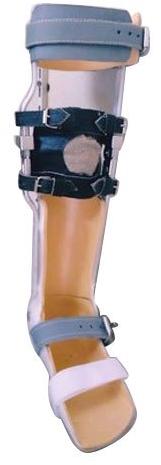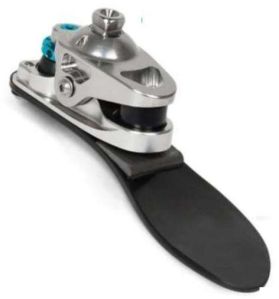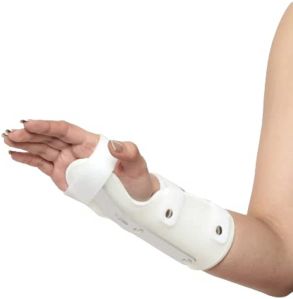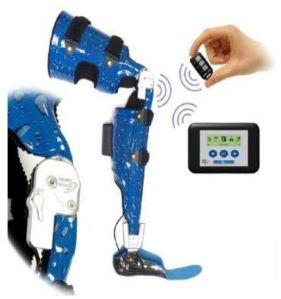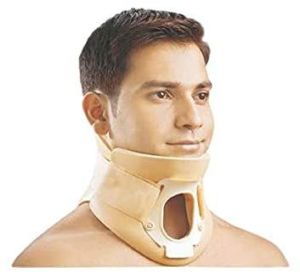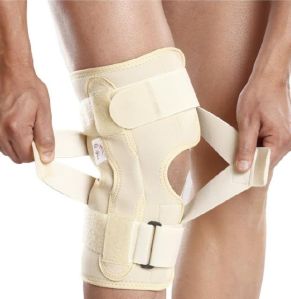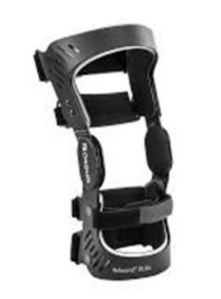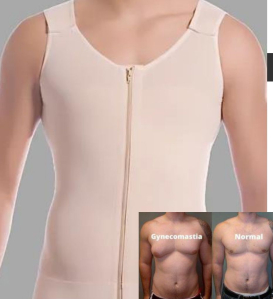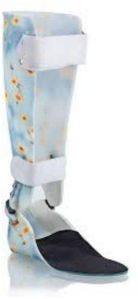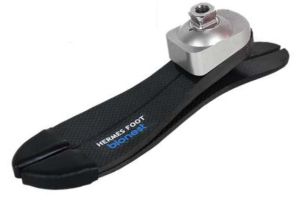| Business Type | Manufacturer, Exporter, Retailer, Distributor |
| Country of Origin | India |
| Type | Polio Caliper |
| Packaging Type | Box |
| Click to view more | |
Product Details
Polio calipers, also known as leg braces or orthotic devices, are used to support and stabilize the limbs of individuals who have been affected by polio. Poliomyelitis, commonly known as polio, is a viral disease that can cause paralysis and muscle weakness. The use of calipers is aimed at improving mobility and independence for polio survivors who experience residual weakness or deformity in their legs.
Here's how they are typically used:
Stabilization and Support: Calipers provide structural support to weakened or paralyzed limbs, allowing individuals to stand and walk more effectively. They help in maintaining proper alignment of the legs, preventing deformities and further complications.
Customization: Each caliper is custom-made to fit the specific needs of the user. Measurements are taken, and the device is tailored to provide optimal support and comfort. This customization ensures that the caliper fits well and functions effectively.
Material and Design: Modern calipers are made from lightweight and durable materials such as aluminum, plastic, or carbon fiber. They are designed to be as unobtrusive as possible while providing the necessary support. Older models were often made of metal and leather.
Components: A typical caliper consists of several parts, including:
Ankle-foot orthosis (AFO): Supports the foot and ankle.
Knee-ankle-foot orthosis (KAFO): Extends support to the knee.
Hip-knee-ankle-foot orthosis (HKAFO): Provides support from the hip down to the foot for more extensive stabilization.
Straps and Padding: These ensure the caliper stays in place and is comfortable to wear.
Rehabilitation and Training: Users often need training and rehabilitation to adapt to using calipers. Physical therapists assist in teaching how to walk with the braces, balance, and perform daily activities. This training is crucial for maximizing the benefits of the calipers.
Maintenance: Regular maintenance of calipers is necessary to ensure they continue to provide adequate support. This includes checking for wear and tear, adjusting straps, and replacing any worn-out components.
Benefits: Using calipers can significantly improve the quality of life for polio survivors. They can enhance mobility, increase independence, and reduce the risk of falls and injuries. Additionally, they help in maintaining muscle strength and joint function by allowing for more active use of the legs.
Looking for "Polio Caliper" ?
Explore More Products
Our Blogs


